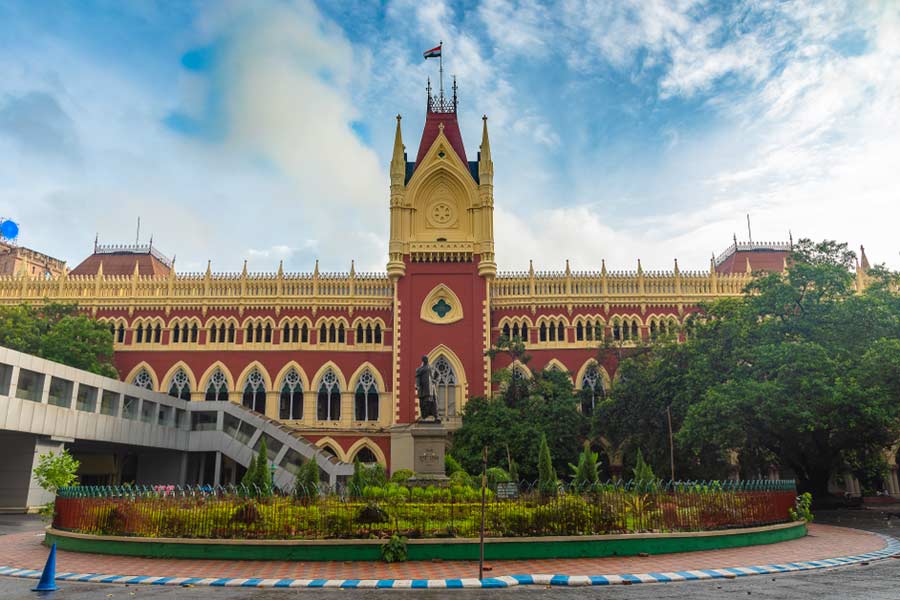Odisha has decided to work on a two-pronged strategy to keep malaria at bay at a time the state government is busy fighting the Covid-19 pandemic with 2,388 cases and seven deaths.
The government is planning to use medicated mosquito nets and encourage the production and distribution of larvivorous fish in rural areas.
It has also decided to extend DAMAN (Durgam Anchalare Malaria Nirakaran), the Odisha model for elimination of malaria, in remote areas for another 10 years till 2030-31.
Only two persons have died of malaria in the state so far this year.
“With the monsoon setting in, we have decided to immediately procure 20 lakh insecticidal mosquito nets for malaria-prone districts. Later, we will procure another one crore nets and distribute it among people. It has been decided to encourage the production and distribution of larvivorous fish in rural areas. This is an effective way of controlling the disease biologically. The state government has asked the director of fisheries to construct more mother and mini hatcheries for this fish species to support vector-control measures,” director of public health Dr Ajit Mohanty told The Telegraph.
Mohanty said the state had made spectacular progress in containing vector- and water-borne diseases in recent years.
“The government has also extended the DAMAN programme till 2030-31,” he added.
According to special health secretary Shalini Pandit, targeted interventions led to an 81 per cent decline in malaria cases in 2018 and 41 per cent in 2019.
“In 2017, total malaria cases in the state stood at 3,47,860 with 24 deaths. In 2018, total cases came down to 66,311 with three deaths. In 2019, total cases came down to 39,500 and by April this year, it stood at 11,302 with one death,” Pandit added.
Officials said the state government had decided to set up state referral laboratories in the four new medical colleges for pathological tests.
Earlier, the three old medical colleges had this facility.
Currently, 23 districts of the state are working towards eliminating malaria.
The annual parasitic incidence per 10,000 people in 23 districts has been below one in the last two years. Two districts — Kendrapara and Jagatsinghpur — have been nominated for national awards for “no malaria case” in the last two years.
“The integrated intervention will be focused on 32 blocks of Malkangiri, Rayagada, Koraput, Kandhamal, Ganjam and Gajapati districts,” one of the officials said.
The government has also been able to successfully keep dengue in check.
According to available data, the total number of dengue cases in the state came down to 3,758 in 2019 from 8,380 in 2016.
The number of deaths reduced to four in 2019 against 11 in 2016.
No dengue death has been reported till May this year.










